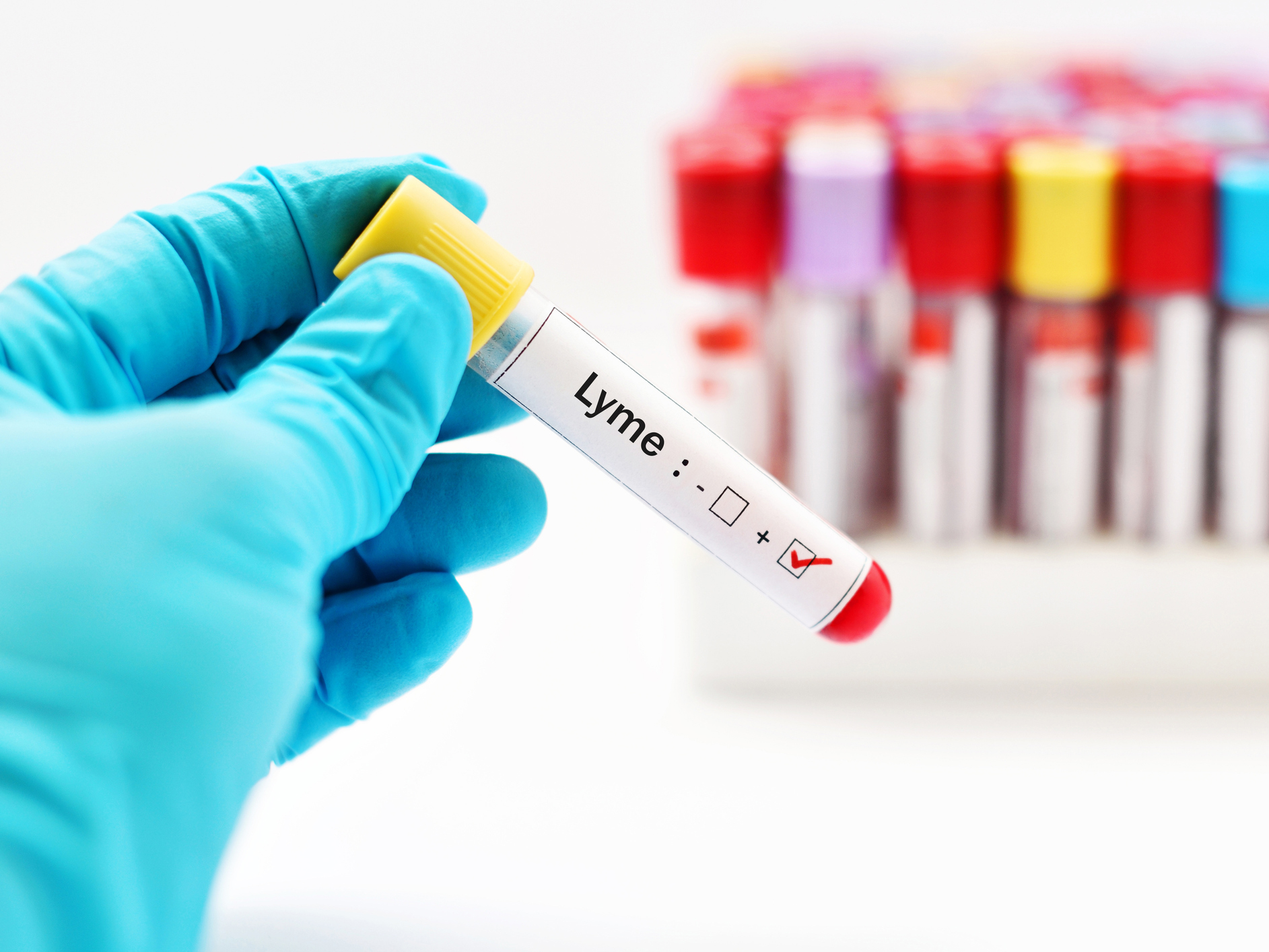Get Easy Health Digest™ in your inbox and don’t miss a thing when you subscribe today. Plus, get the free bonus report, Mother Nature’s Tips, Tricks and Remedies for Cholesterol, Blood Pressure & Blood Sugar as my way of saying welcome to the community!
Inaccurate Lyme disease testing may soon be a thing of the past

Do you remember Ötzi the iceman? He’s the guy who’s 5,300-year-old remains were found preserved in ice in the early 90s.
Well, it turns out Ötzi had Lyme disease. Researchers found evidence of Borrelia burgdorferi infection in his genetic code, making him the first known case of the disease.
It’s hard to say how Borrelia burgdorferi impacted Ötzi. But it’s had a devastating effect on hundreds of thousands of people throughout the US over the past 50 years or so. And do you know one of the most frustrating things about modern Lyme disease?
Despite all our technological and medical advancements, Lyme disease isn’t being diagnosed accurately and efficiently.
Right now, Lyme disease is diagnosed by testing the immune system’s production of antibodies to Borrelia burgdorferi bacteria. But there are a few problems with this approach…
It can take a few weeks for the body to produce an antibody to the bacteria. In the meantime, people are left untreated, which increases the risk of long-term consequences.
Related: Could stevia protect you from Lyme disease?
Plus, everyone’s immune system is different, which means not everyone’s immune response registers on those tests, even if they’re infected. These tests also have a hard time differentiating new infections from already treated infections.
Luckily, a new diagnostic tool is on the horizon. One that could diagnose Lyme disease quicker and more accurately. One that could prevent so much unnecessary suffering.
These two Lyme biomarkers may be the solution we’re searching for
Researchers from Arizona State University recently uncovered two new ways to test for Lyme disease.
The first is a protein in the blood that the body produces in response to Lyme disease bacteria. It’s detected through an approach called mass spectrometry. Mass spectrometry uses a special tool (a mass spectrometer) to identify different molecules in a fluid sample.
The second is through antigens (molecules that trigger an immune response) from Lyme disease bacteria. These can be found in blood, and potentially urine, using an approach called immunoprecipitation. This approach could diagnose the disease even quicker than mass spectrometry by identifying antigen proteins at very low levels.
Unfortunately, these approaches to Lyme disease diagnosis need more testing before they’re available at your doctor’s office. But if they work as well as researchers think they do, they could be used to diagnose a range of infectious diseases, not just Lyme disease.
Finding answers now
How can you get the most accurate Lyme disease testing in the meantime?
Well, if your doctor suspects you have Lyme disease, he or she will run an ELISA test, which measures antibody levels. But here’s the problem with relying only on ELISA…
ELISA gives false negatives 50 percent of the time. And if ELISA comes back negative, doctors usually don’t request more testing. If it comes back positive, they confirm the results with a Western Blot test, which is more accurate but not perfect. Western blot is accurate 80 percent of the time.
If you want the most accurate results, ask your doctor for an ELISA and a Western Blot. Your insurance may only cover the ELISA, but it’s worth paying for the other on your own if it provides peace of mind.
If you’re worried about false negatives on ELISA and the Western Blot, find a Lyme literate doctor near you. He or she can look at your test results, take note of your symptoms and possibly run other helpful tests that get you answers.
Sources:
- An innovative new diagnostic for Lyme disease — MedicalXpress
- Multi-platform Approach for Microbial Biomarker Identification Using Borrelia burgdorferi as a Model — Frontiers in Cellular and Infection Microbiology
- Lyme disease testing — Global Lyme Alliance













